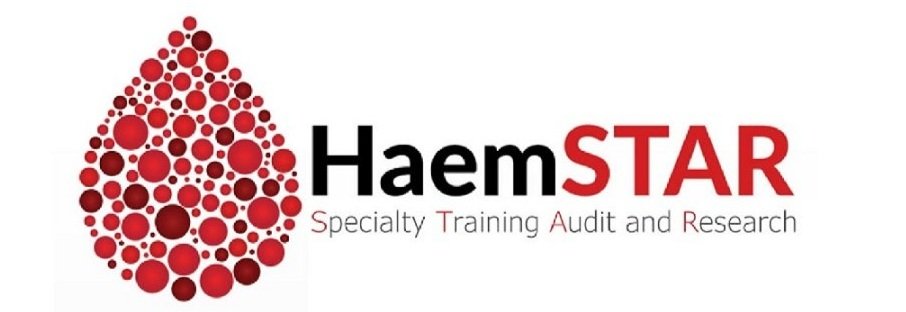ATOMM
ATOMM: Anticoagulation for ThrOmbosis prevention in Multiple Myeloma
ATOMM IS A NATIONAL, RETROSPECTIVE AUDIT OF THROMBOPROPHYLAXIS PRACTICE IN NEWLY DIAGNOSED MYELOMA IN THE UK. IT WILL HELP INFORM THE EVIDENCE-BASED SELECTION OF THROMBOPROPHYLACTIC AGENTS FOR PATIENTS RECEIVING FIRST LINE MYELOMA TREATMENT.
Cambridge University Hospitals is the lead site, and the project has been developed in conjunction with myeloma patients. It is supported by HaemSTAR with project management by the Birmingham Centre for Observational and Prospective Studies (BiCOPS). The project is funded by Myeloma UK.
Site registration open now - ATOMM Team Signup Form
Data collection opens on Monday 31st March for 6 weeks
Contact: BiCOPS@contacts.bham.nhs.uk or tom.bull@wsh.nhs.uk
Read more
Patients with multiple myeloma (MM) are at increased risk of thrombosis. Data collated from The UK Myeloma IX and Myeloma XI trials demonstrated a 10-22.5% risk of venous thrombosis during first line treatment of newly diagnosed myeloma (Bradbury, 2020). The vast majority of thrombotic events occurred within the first six months of treatment.
Current, myeloma-specific, guidelines recommend risk stratifying patients into low and high venous thromboembolism (VTE) risk categories, in order to then receive either aspirin 75mg daily or prophylactic dose low molecular weight heparin (LMWH) respectively.
Despite this recommendation, LMWH is increasingly being replaced by Anti-Factor Xa Direct Oral Anticoagulants (DOACs) on the basis of presumed patient preference. Although small studies support the appropriateness of this change, there is a lack of large scale or randomised data.[CM1]
This project seeks to answer the following questions:
1. What thromboprophylactic strategies are in use for newly diagnosed multiple myeloma in the UK?
2. What are the venous and arterial thromboembolism event rates?
3. What are the rates of major and clinically relevant non-major bleeding?
4. How do rates of thrombosis and bleeding differ with different thromboprophylactic strategies and different myeloma treatment regimens?
